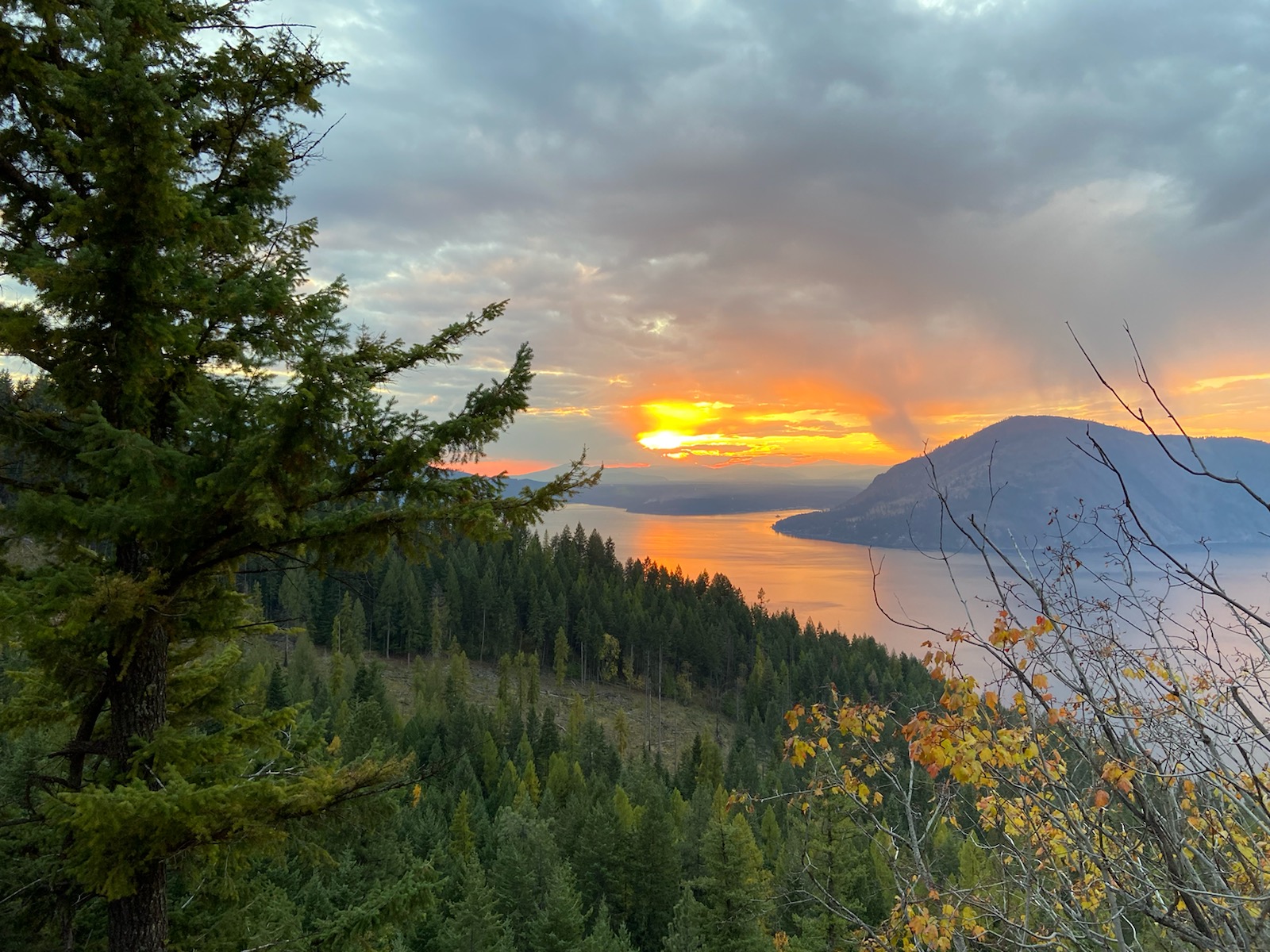Pend Oreille WMA lands were acquired as mitigation for impacts from the construction of Albeni Falls Dam. Prior to construction, Lake Pend Oreille fluctuated naturally. Spring runoff raised the lake level an average of 12 feet, which would peak in May and by late summer the lake would recede to its normal level for the next eight months. This seasonal flooding supported a diverse array of vegetation that in turn supported an array of wildlife.
The Albeni Falls Dam changed the natural cycle. Areas that were historically flooded for a short period were now inundated for longer time periods, which reduced critical waterfowl habitats. To mitigate for the loss of habitat, 7,432 acres of scattered parcels of riverine and delta habitats within the Pend Oreille River watershed are now managed primarily for wildlife.
Pend Oreille WMA properties provide habitat for migrating and wintering waterfowl. Sites that typically support thousands of waterfowl during migration include Morton Slough, Oden Bay, the Pack River Delta, Denton Slough and the Clark Fork River Delta.
The greatest use of the WMA occurs in the fall. Waterfowl numbers have been as high as 60,000 ducks, 15,000 Canada geese and 2,000 tundra swans. A large portion of the Pacific Flyway' s redhead duck population winters on Lake Pend Oreille, with counts reaching 20,000.
The WMA also provides important breeding and nesting habitat for waterfowl. To further support waterfowl production, WMA staff and volunteers maintain 200 man-made goose nesting platforms and 60 artificial nesting boxes for wood ducks and other cavity-nesting ducks. Active management of emergent wetland and upland habitats insures these properties provide the best possible conditions for waterfowl during this critical period.
Pend Oreille WMA parcels are a popular destination for waterfowl hunting in northern Idaho each fall. Hunting is excellent for ducks and geese early in the season before Lake Pend Oreille has been drawn down to its winter pool level.


